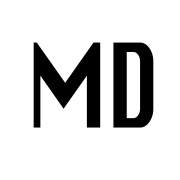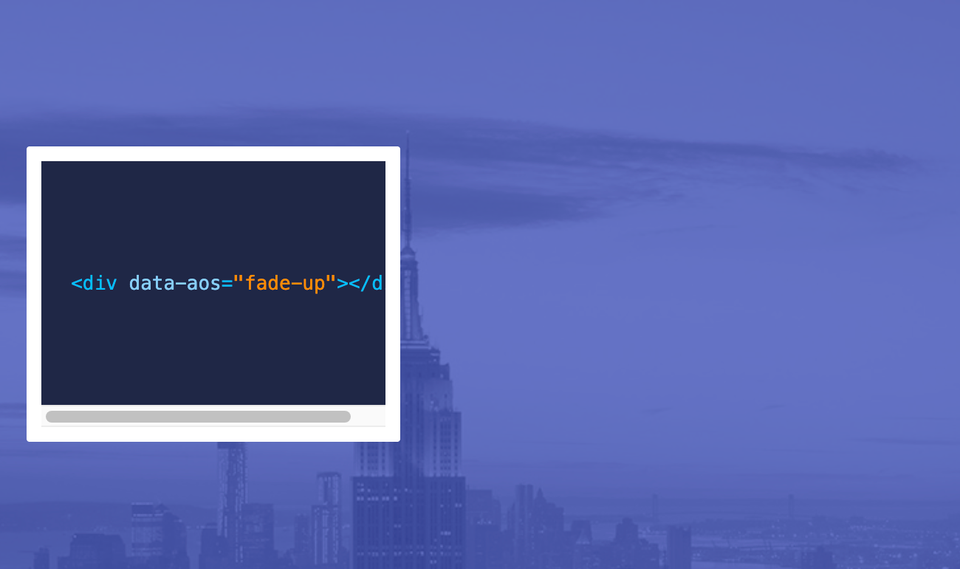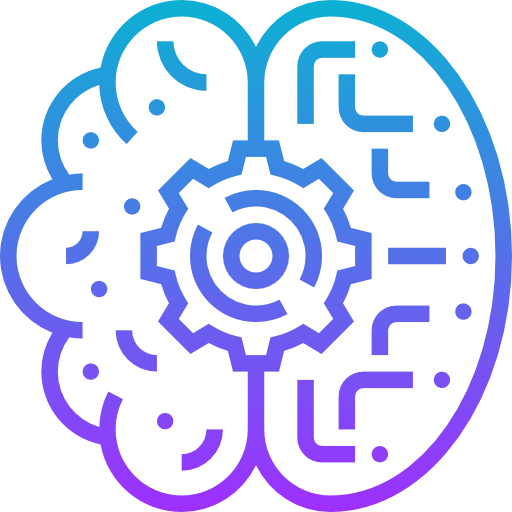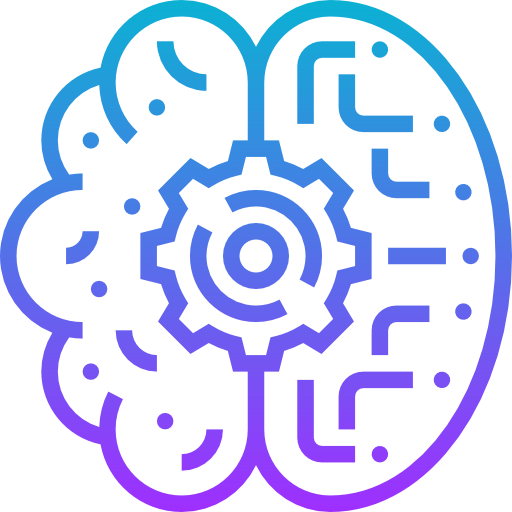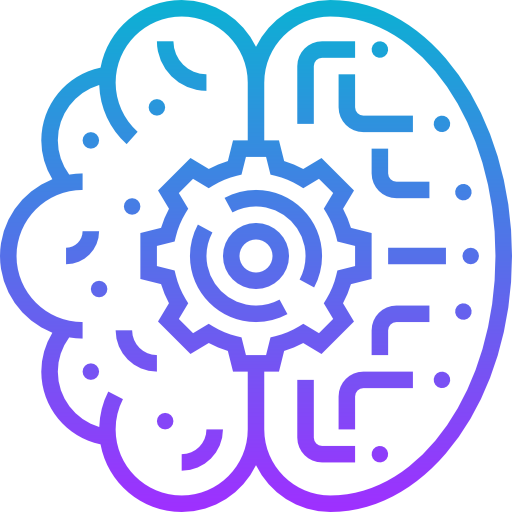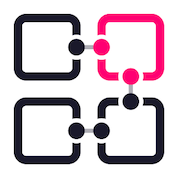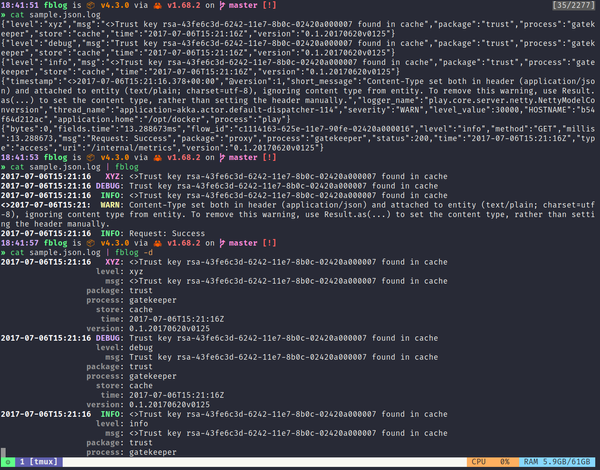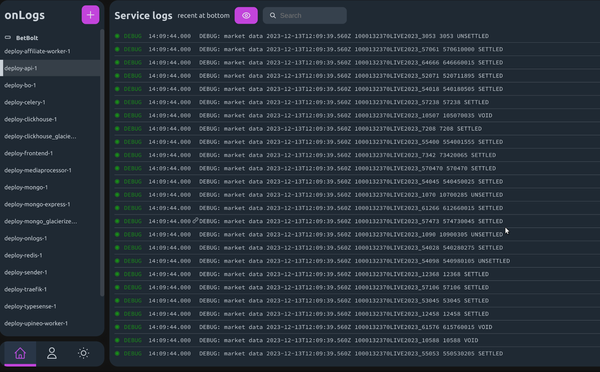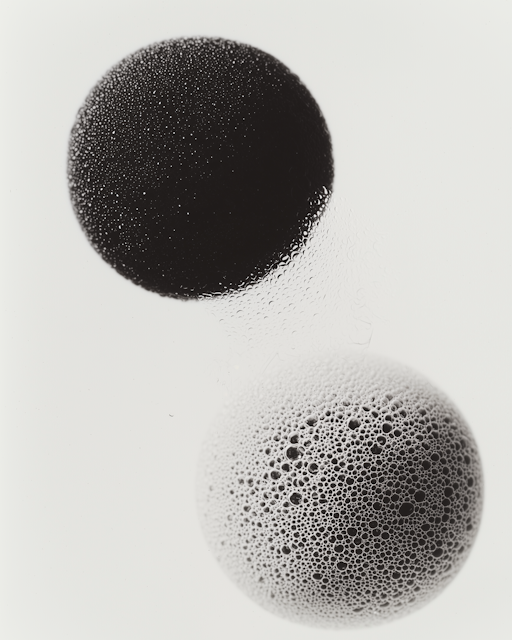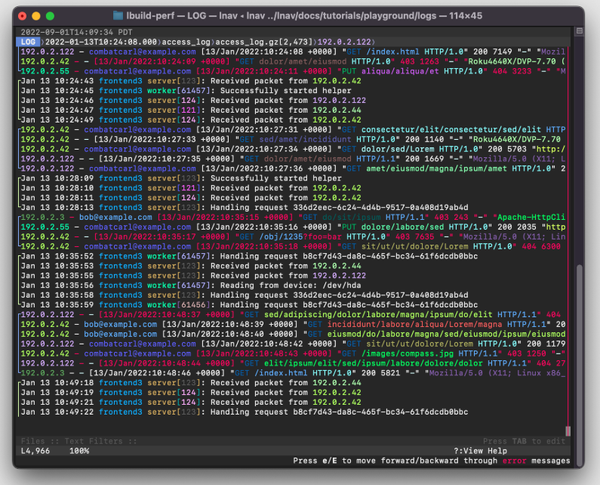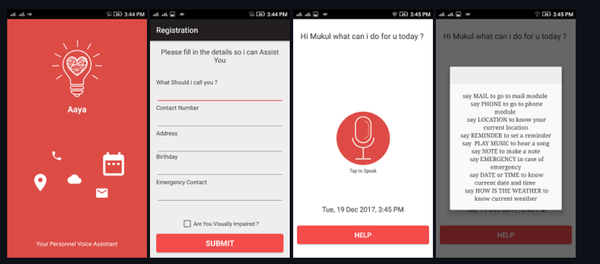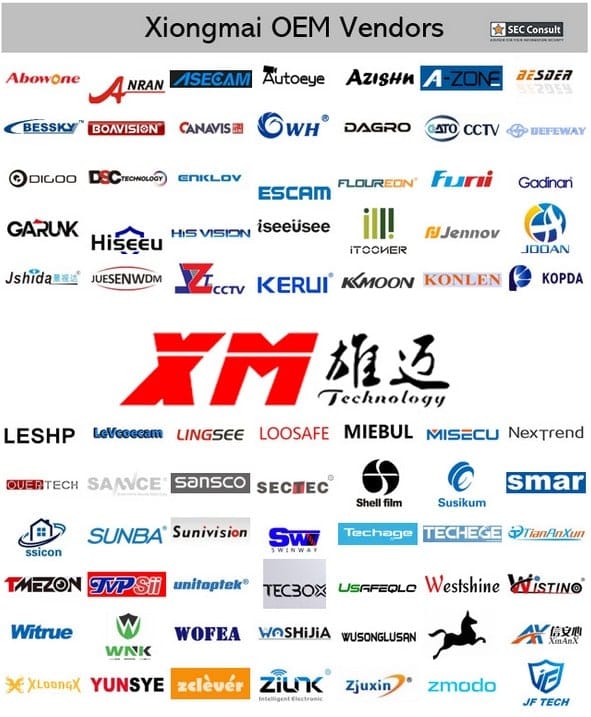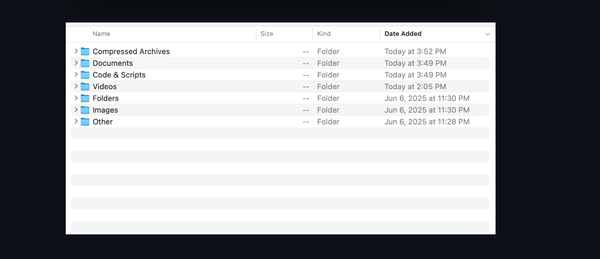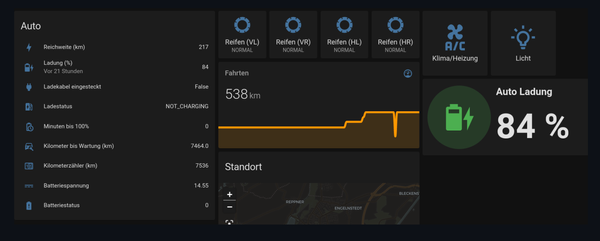Top 16 React Animation Libraries for 2025: A Developer's Guide to Choosing the Right Tool (With TypeScript Support)
Table of Content
As a React developer who's spent countless hours wrestling with animations, I can tell you that choosing the right animation library can make or break your user experience.
In 2025, the landscape of React animation libraries has evolved significantly, offering developers more powerful and flexible options than ever before.
Let me share my insights on the top 10 free and open-source animation libraries that every React developer should know about.
What is a React Animation Library?
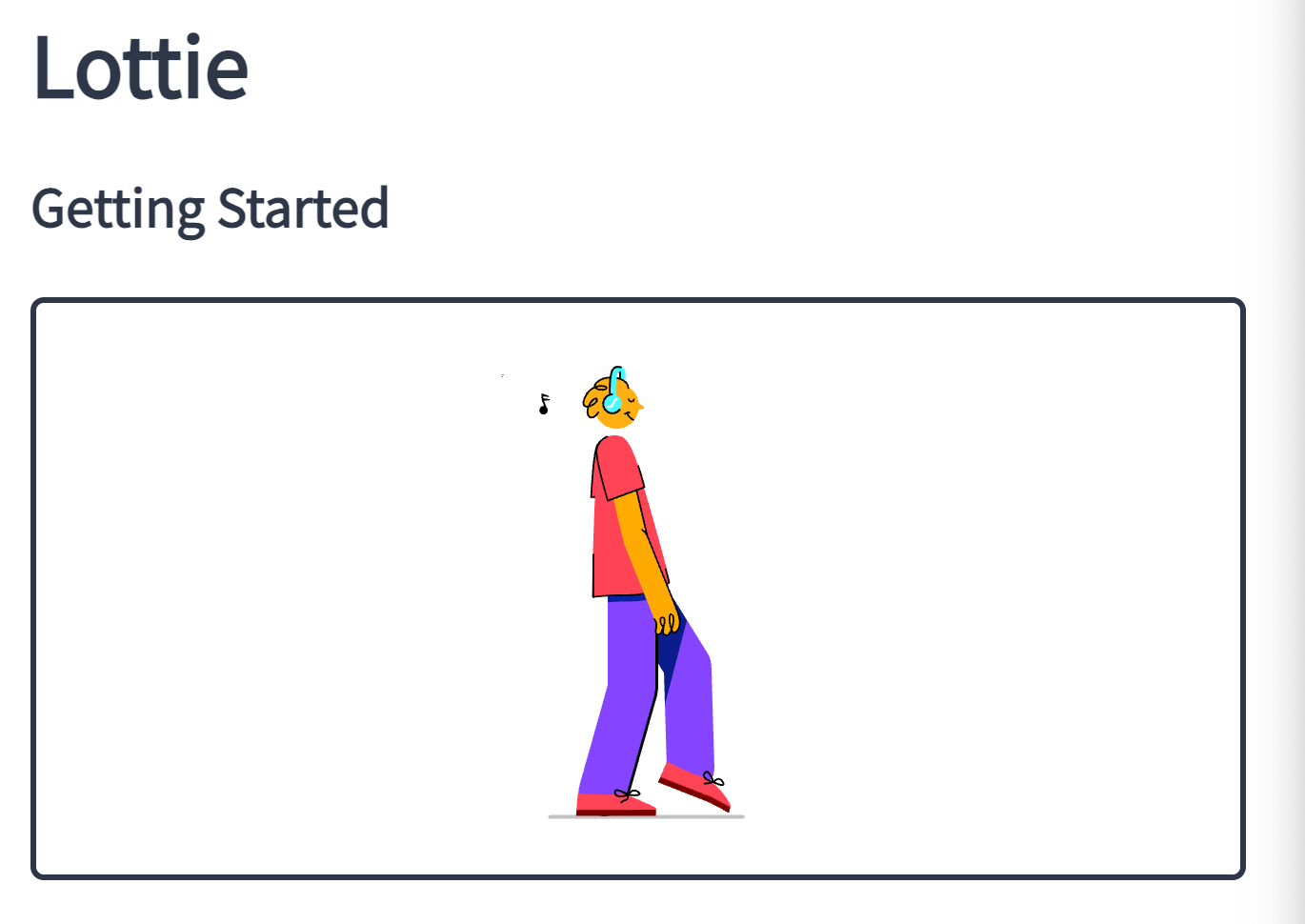
A React animation library is a collection of pre-built tools, components, and utilities specifically designed to help developers create smooth, performant animations within their React applications.
These libraries abstract the complexity of CSS animations, JavaScript timing functions, and browser rendering optimizations, providing developers with intuitive APIs to implement everything from simple hover effects to complex page transitions.
By a fellow React developer who's been building animations for years
Unlike writing raw CSS animations or manipulating the DOM directly, React animation libraries work seamlessly with React's component lifecycle and state management, ensuring that animations respond correctly to component updates and user interactions.
Why Are Animation Libraries Required and Needed?
Animation libraries aren't just about making things look pretty – they serve crucial functional purposes in modern web applications. Here's why they're essential:
Performance Optimization: Raw JavaScript animations can cause jank and poor frame rates. Animation libraries leverage techniques like requestAnimationFrame, CSS hardware acceleration, and efficient state management to ensure smooth 60fps animations.
Developer Productivity: Writing complex animations from scratch is time-consuming and error-prone. Libraries provide reusable components and declarative APIs that significantly speed up development.
Cross-browser Compatibility: Different browsers handle animations differently. Good animation libraries abstract these differences, ensuring consistent behavior across all platforms.
Accessibility: Many libraries include built-in accessibility features, such as reduced motion preferences and proper focus management.
Maintainability: Well-structured animation libraries make it easier to maintain and update animations as your application grows.
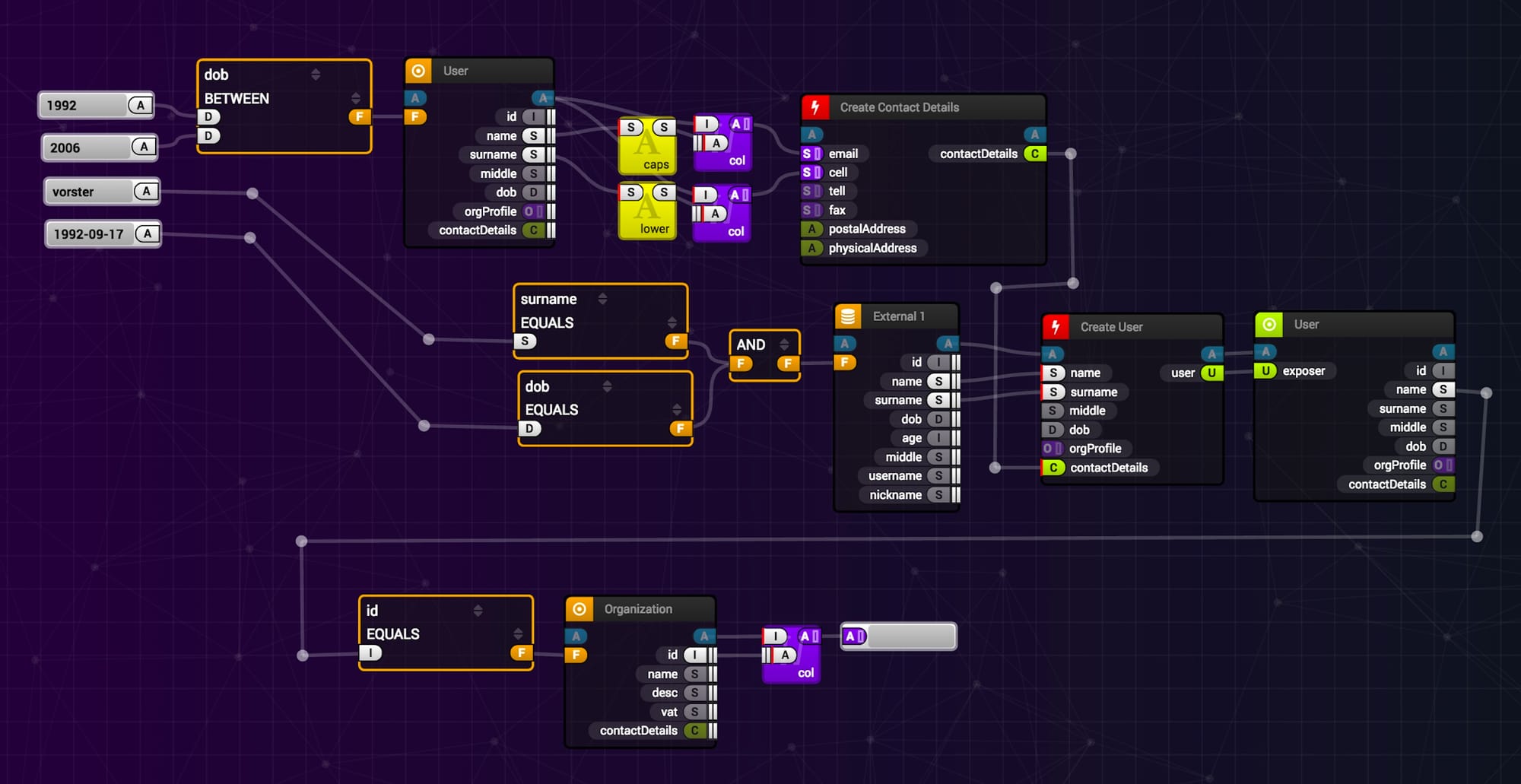
Why React Developers Should Choose the Right Library
Choosing the right animation library is crucial because not all libraries are created equal. Here's what I've learned from years of experience:
Performance Impact: Some libraries are lightweight and optimized, while others can significantly increase your bundle size. In 2025, with users expecting instant loading times, this matters more than ever.
Learning Curve: Complex libraries might offer more features but require substantial time investment. Sometimes, simpler solutions are more practical.
Project Requirements: A landing page might need different animation capabilities than a complex dashboard application.
Community Support: Libraries with active communities mean better documentation, regular updates, and easier troubleshooting.
Why Some Libraries Are Better Than Others
The "best" library depends entirely on your specific needs. Here's my take:
- For beginners: React Transition Group and React Reveal offer gentle learning curves.
- For complex interactions: Framer Motion and React Spring provide the most comprehensive toolsets.
- For performance-critical applications: Motion One (the engine behind Framer Motion) and Popmotion are highly optimized.
- For design-heavy projects: GSAP and Lottie offer the most creative freedom.
Making the Right Choice
After years of experimenting with different libraries, here's my advice: start with Framer Motion for most projects. It strikes the perfect balance between power and simplicity. For specialized needs, don't hesitate to bring in additional tools – there's no rule saying you can only use one animation library.
Remember, the goal is to enhance user experience, not complicate development. Choose libraries that align with your team's skills, your project's requirements, and your users' needs. In 2025, with so many excellent options available, there's definitely a perfect animation library for every React project.
The key is understanding that animation libraries are tools to serve your application's goals, not showcases for technical prowess. Choose wisely, and your users will thank you for the smooth, delightful experiences you create.
The following is a list of the best open-source React libraries to create the perfect animation for your next project.
1- React Bits
React Bits is not a library, it is a large collection of animated React components made to spice up your web creations. It includes animations, components, backgrounds, and awesome stuff that you won't be able to find anywhere else - all free for you to use!
It includes 90+ total components (text animations, animations, components, backgrounds), growing every week. All components have minimal dependencies, and are highly customizable through props.
2- Magic UI
Magic UI is a treasure trove for design engineers, offering over 150 free, open-source animated components and effects. Built with React, TypeScript, Tailwind CSS, and Motion, it seamlessly integrates with shadcn/ui to supercharge your landing pages.
What makes Magic UI special? It's not just about pretty animations - it's battle-tested by successful companies like Infisical (YC W23, $2.8M raised), Langfuse (YC W23, $4M raised), and Million.dev (YC W24). From startups to funded companies, developers are using Magic UI to create stunning, production-ready interfaces.
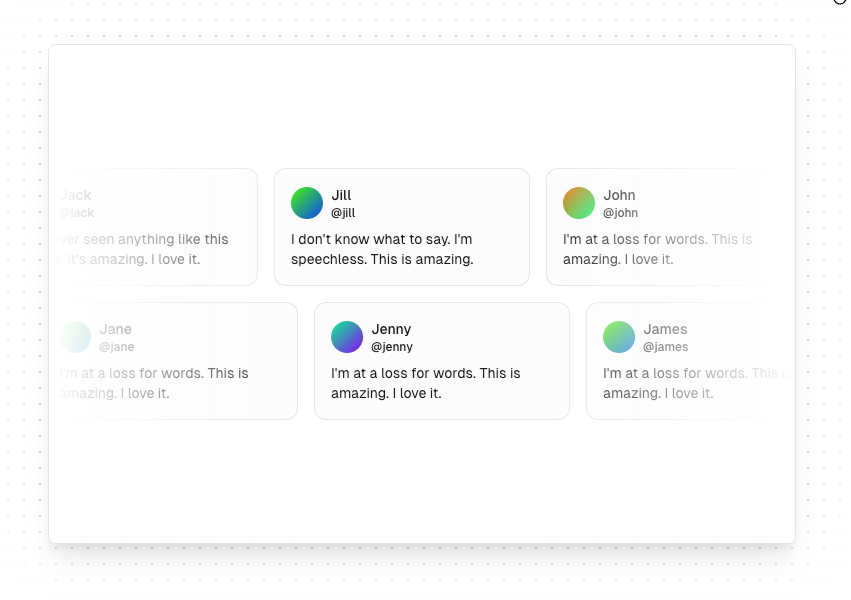
3- GASP
React GSAP is a powerful animation library that brings professional-grade motion to React applications. It integrates seamlessly with GSAP (GreenSock Animation Platform), offering smooth, high-performance animations for everything from simple UI effects to complex, timeline-controlled sequences.
It is a good choice for developers who want to create engaging, dynamic user experiences with precise control over timing and behavior.
GSAP itself is completely framework-agnostic and can be used in any JS framework without any special wrappers or dependencies. However, this hook solves a few React-specific friction points for you so that you can just focus on the fun stuff.
A major benefit is the useGSAP hook, which safely handles animation creation and cleanup within React's lifecycle. This ensures animations are properly reverted and event listeners removed when components unmount, preventing memory leaks and bugs.
By wrapping event handlers in contextSafe(), developers can create dynamic, interactive animations that are both robust and performant, making React GSAP ideal for building engaging user experiences.
While not React-specific, GSAP's React plugin makes it incredibly powerful for complex, timeline-based animations. It's the choice for high-end web experiences.
4- Motion
Motion is a lightweight, open-source animation library for React, JavaScript, and Vue. It delivers buttery-smooth, GPU-accelerated animations with a tiny footprint, first-class framework support, and full TypeScript integration, perfect for creating beautiful, high-performance UIs.
Framer Motion remains my go-to choice for most projects. It's powerful yet intuitive, with excellent performance and TypeScript support. The drag-and-drop capabilities and layout animations are game-changers for interactive UIs.
5- React Spring
React Spring is a powerful, physics-based animation library for React that makes it easy to create fluid, natural-looking animations. It moves away from traditional duration-and-curve models, using spring physics instead for interactions that feel more dynamic and responsive.
This library excels at physics-based animations. If you need natural-feeling animations with springs and curves, React Spring delivers exceptional results with great performance.
Key Features:
- Physics-Based Animations: Uses spring models instead of predefined durations and easing curves, resulting in more natural and interactive motion.
- High Performance: Animations run on a separate thread and don't trigger React re-renders, ensuring smooth 60fps performance.
- Multiple Targets: Supports various rendering targets including web, React Native, Three.js (3D), Konva (2D), and Zdog.
- Production Ready: Built with TypeScript, supports server-side rendering (SSR), and offers a small bundle size (core is ~15kb).
- Flexible & Powerful: Can animate any value (numbers, colors, strings, CSS variables) and integrates seamlessly with any component library.
- Hooks-First API: Provides a clean, modern API centered around React Hooks like
useSpringanduseTransition.
6- React Animations
React-Animations is a library that brings the popular animate.css effects to React applications. It provides a collection of ready-to-use, pre-defined animations (like bounce, fade, slide) that can be easily applied to any component.
The library outputs simple JavaScript objects, making it compatible with any inline styling solution like Radium or Aphrodite, allowing developers to add engaging, consistent animations to their projects with minimal setup.
7- React Flow
React Flow is a powerful, MIT-licensed open-source library for creating dynamic, node-based interfaces and interactive diagrams directly in your React applications. With over 30k GitHub stars and millions of weekly downloads, it's trusted by companies like Stripe and Zapier.
It provides a customizable canvas out-of-the-box, featuring built-in support for dragging nodes, zooming, panning, and connecting elements. Nodes themselves are plain React components, making it easy to integrate with your existing UI toolkit like Tailwind CSS.
While React Flow excels at visualizing data flows, workflows, and complex relationships, its animations are primarily functional, smoothly animating transitions when nodes are moved, connected, or updated. This creates a fluid, responsive user experience that feels dynamic and alive, perfect for building tools like workflow editors, chatbot builders, or data processing pipelines.
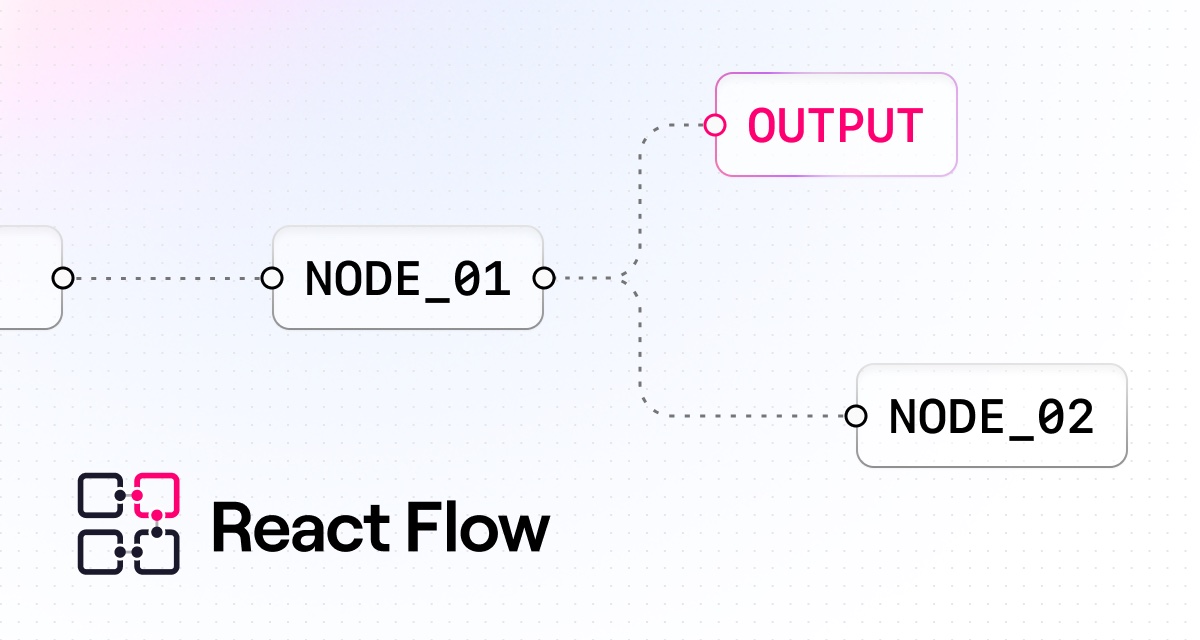
8- Animejs
Anime.js is a lightweight, powerful JavaScript animation library for animating any CSS property, SVG, DOM attributes, and even JavaScript objects. It offers a simple API for creating complex, synchronized, and interactive animations with features like timelines, stagger effects, and physics-based motion, making it ideal for engaging web experiences.
Anime.js offers incredible flexibility and control over animations. When wrapped in React components, it becomes a powerful tool for custom animation sequences.
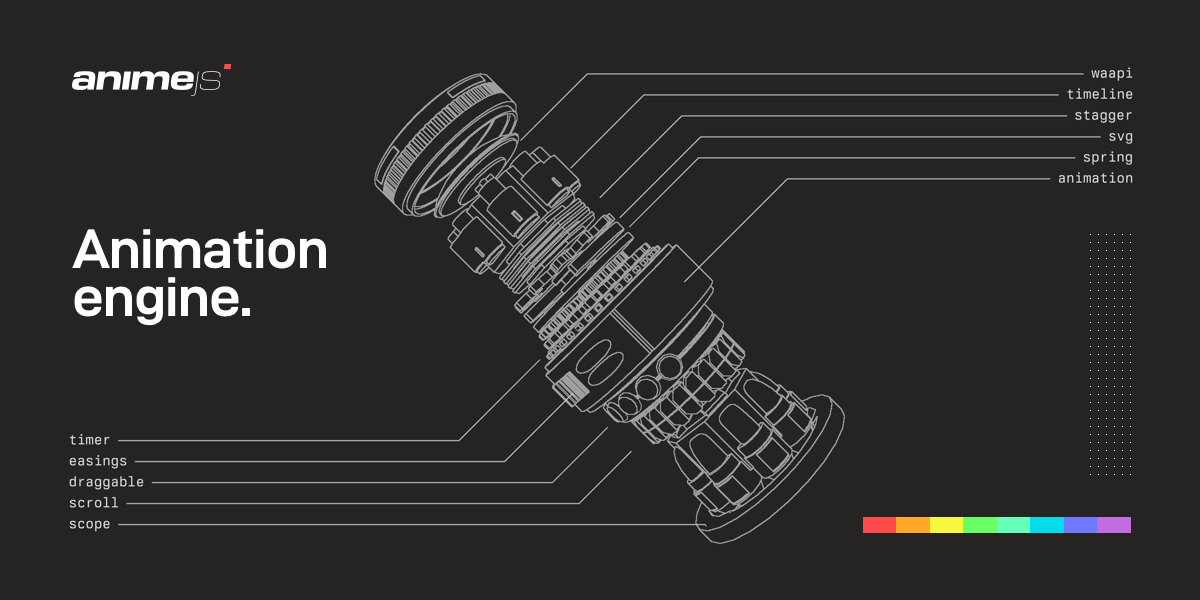
9- Tamagui
Tamagui is a powerful performance-focused UI toolkit for React and React Native. It combines a comprehensive style library with a smart optimizing compiler to deliver fast, lightweight applications.
By extracting CSS at build time and flattening component trees, Tamagui significantly boosts runtime performance. It offers a full cross-platform component library with excellent TypeScript support, all designed to help you build sleek, high-speed apps with less code and greater efficiency.
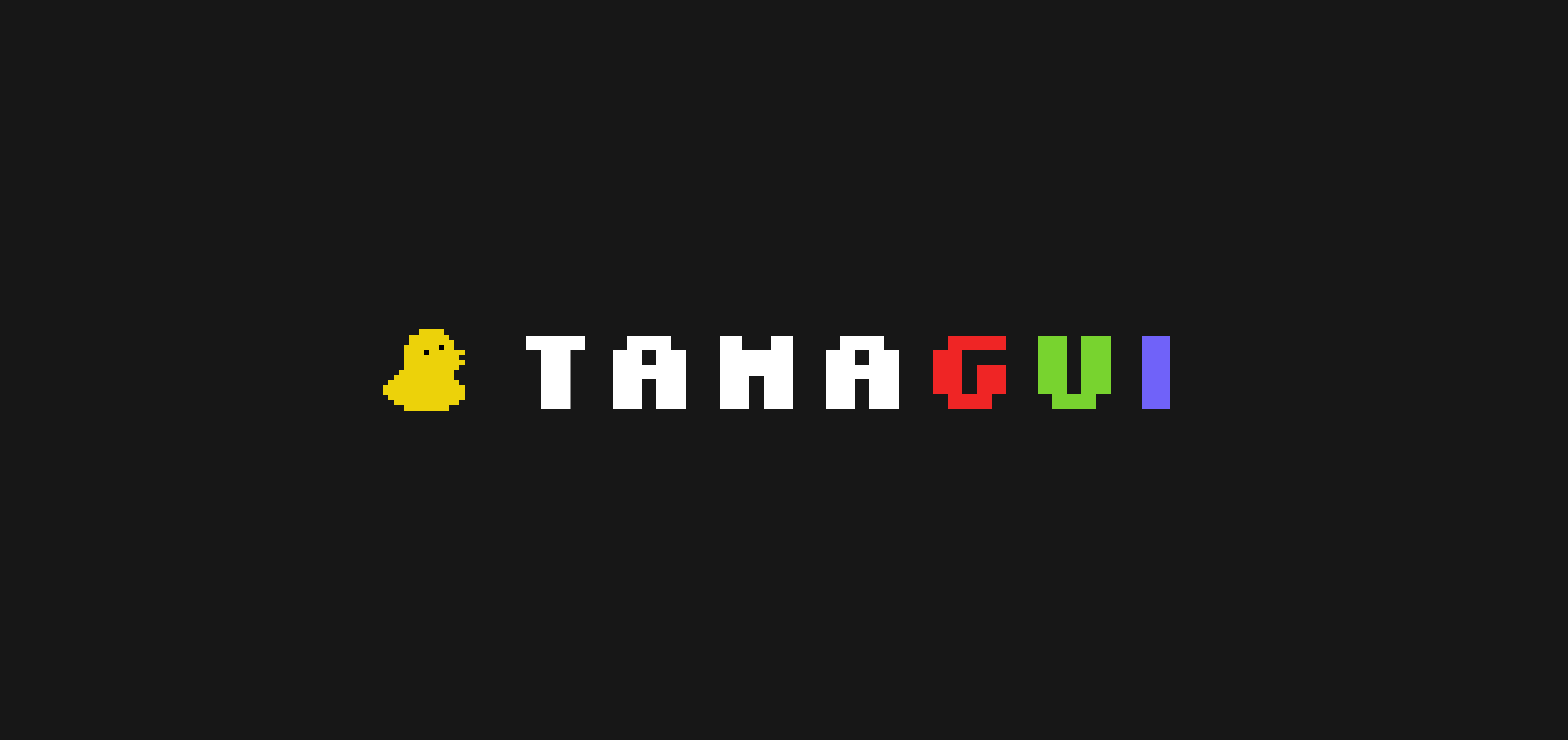
10- Twin
Twin is your secret weapon: it fuses Tailwind's utility classes with CSS-in-JS power, compiling them at build time. Write familiar Tailwind classes directly in your JSX, and Twin magically transforms them into performant, scoped styles, no runtime cost, just pure, clean elegance.
11- React Transition Group
Perfect for simple enter/exit animations and transitions. It's lightweight and integrates seamlessly with React's component lifecycle.
12- Lottie for React
For complex vector animations created in After Effects, Lottie is unmatched. It's perfect for loading animations, micro-interactions, and brand elements.
13. React Reveal
Simple, lightweight, and perfect for scroll-triggered animations. Great for landing pages and content-heavy sites. It has a tiny footprint and written specifically for React in ES6.
14. AOS (Animate On Scroll) React
Another excellent option for scroll animations, with minimal setup required. It's particularly good for marketing websites.
AOS (Animate On Scroll) is a separate JavaScript library used to trigger CSS animations when elements enter the viewport as the user scrolls down a page. It allows for easy implementation of "scroll animations" to enhance user experience.

15. Popmotion
A functional, reactive animation library that's highly customizable. It's more of a lower-level tool but offers incredible flexibility.
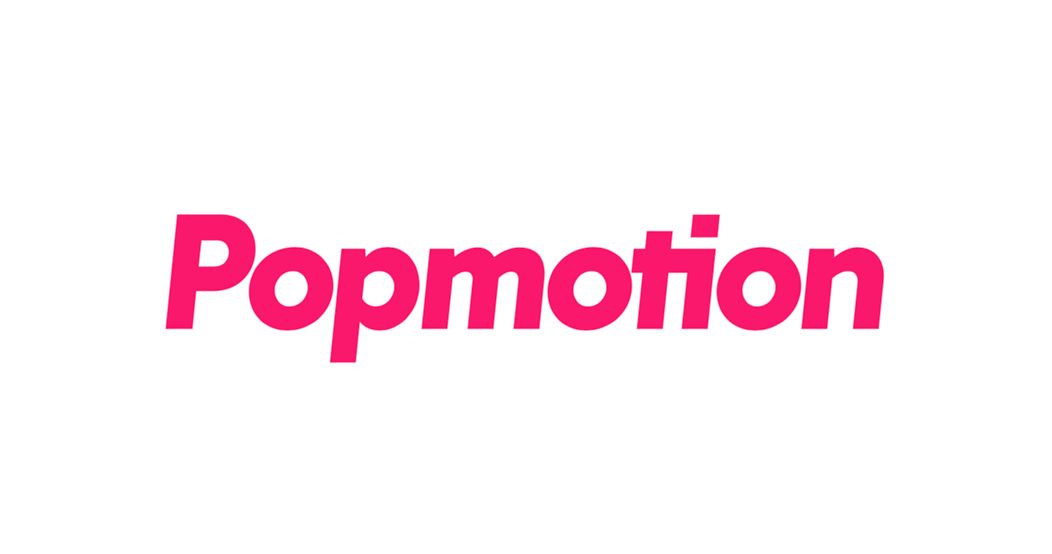
16. React Move
React-Move is a lightweight, high-performance animation library for React, weighing in at just 3.5kb gzipped, that makes it easy to create beautiful, data-driven animations for web and mobile. It supports animating HTML, SVG, and React Native elements with fine-grained control over timing, delay, duration, and easing.
With support for animation lifecycle events like start, interrupt, and end, as well as custom tweening functions, React-Move offers both flexibility and precision. It also features excellent documentation, a wide range of practical examples, and full TypeScript support, making it a powerful yet accessible choice for developers.
Final Words: Animate with Purpose
The world of React animations in 2025 is richer and more powerful than ever. From the physics-based fluidity of React Spring and the precision of GSAP, to the effortless elegance of Framer Motion and the utility magic of Twin, you have an incredible arsenal at your fingertips.
But remember, the best animation isn't the most complex, it's the one that enhances your user's journey. It guides, delights, and makes your app feel alive without stealing the spotlight.
So, experiment with these tools. Start with Framer Motion for that perfect balance, reach for GSAP when you need cinematic control, or use AOS to effortlessly bring your landing page to life. The goal isn't just to animate, but to create experiences that are intuitive, performant, and genuinely engaging.
Now go forth and make the web move, smartly, smoothly, and with serious style.
